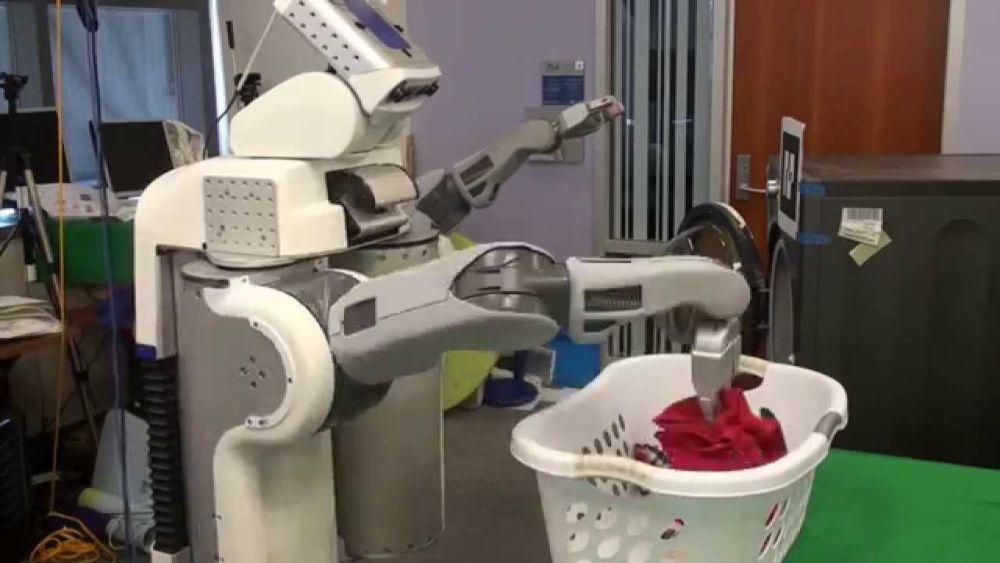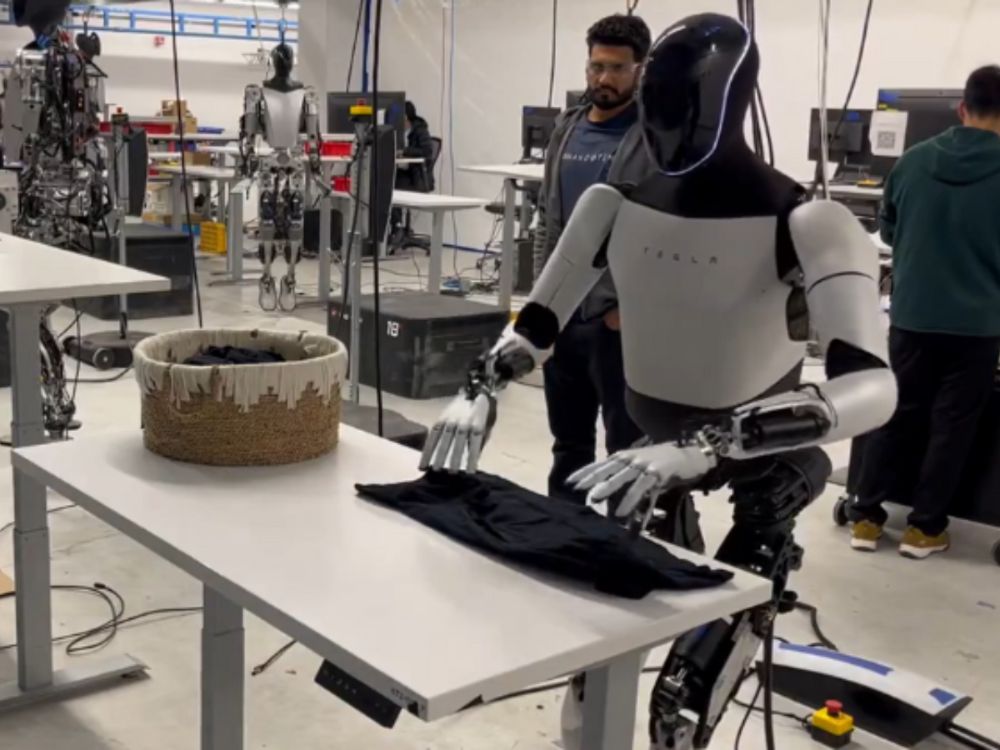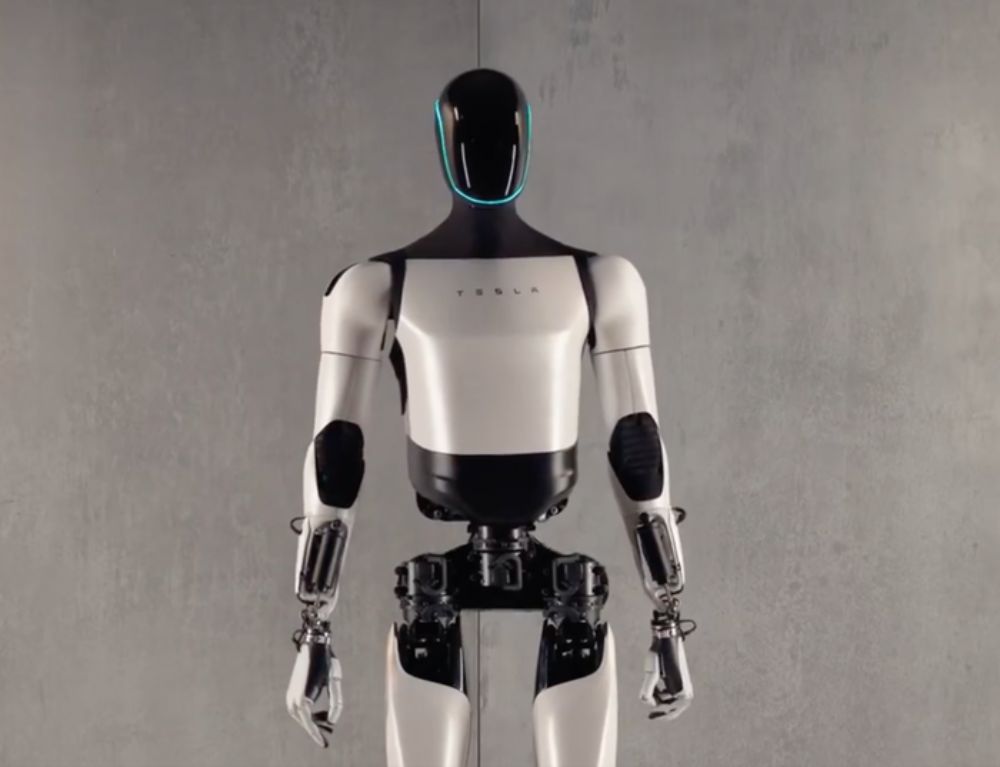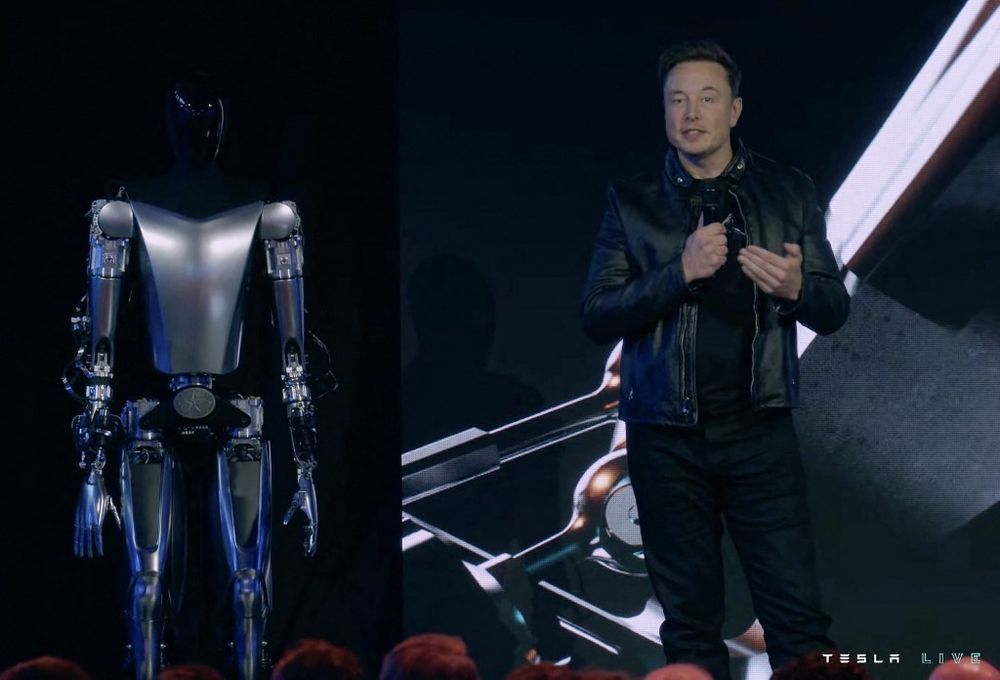Elon Musk’s humanoid robot, Optimus, showcased its t-shirt folding skills at a Tesla development facility, providing a glimpse into its capabilities. However, Musk’s follow-up revelations about the robot’s limitations and the timeline for full autonomy raise questions.
Optimus: A Pricy Puppet in Action

In a recent video, Elon Musk’s Optimus humanoid robot impressively folded a t-shirt on a table within a development facility. Despite the initial excitement, Musk revealed that the robot’s actions were not autonomous, presenting it more as a sophisticated marionette or a modern mimicry of early automatons. The robot executed prescribed motions, indicating a controlled and somewhat artificial demonstration.
Caveats to the Shirt-Folding Showcase

Musk, quick to showcase technical prowess in Tesla’s recent highlight reels, admitted that the presented activities are likely highly scripted and pre-programmed. While the demonstrations highlight the robot’s joint, servo, and limb functionality, Musk’s caveat raises skepticism about the current level of artificial intelligence (AI) integration. The staged conditions, such as a fixed-height table and a single garment in a strategically placed basket, further question the practicality of Optimus in real-world scenarios.
Challenges in Achieving Full Autonomy
The aspiration for Optimus to operate fully autonomously remains a distant goal, as Musk acknowledged. Despite the promising shirt-folding demonstration, the robot’s limitations and the carefully orchestrated conditions hint at the considerable challenges ahead. Musk’s assurance that Optimus “certainly will be able to do this fully autonomously” does little to dispel the scepticism, given the constraints present in the showcased demo.

Beyond Shirt-Folding: Realistic Expectations Needed
Creating a humanoid robot capable of manipulating soft materials like clothing is a commendable feat in animatronics. However, the video’s implications of Optimus functioning as a fully capable domestic servant comparable to a human worker raise eyebrows. The analogy of comparing it to a marionette and anticipating it becoming a “real boy soon” emphasises the substantial gap between the current capabilities and the envisioned future of Optimus.
Musk’s Timeframe: A Familiar Pattern
Elon Musk’s penchant for ambitious timelines is evident once again, with his prediction of Optimus achieving full autonomy “within three to five years.” This timeline, initially stated at the robot prototype’s unveiling last year, appears optimistic given the current state of Optimus and the broader field of robotics.

While Optimus’s shirt-folding demonstration showcases impressive technical aspects, scepticism remains regarding its journey toward full autonomy and its practical utility as a domestic servant in the foreseeable future. Musk’s predictions, known for their optimistic outlook, underscore the challenges ahead for Tesla’s humanoid robot.**
